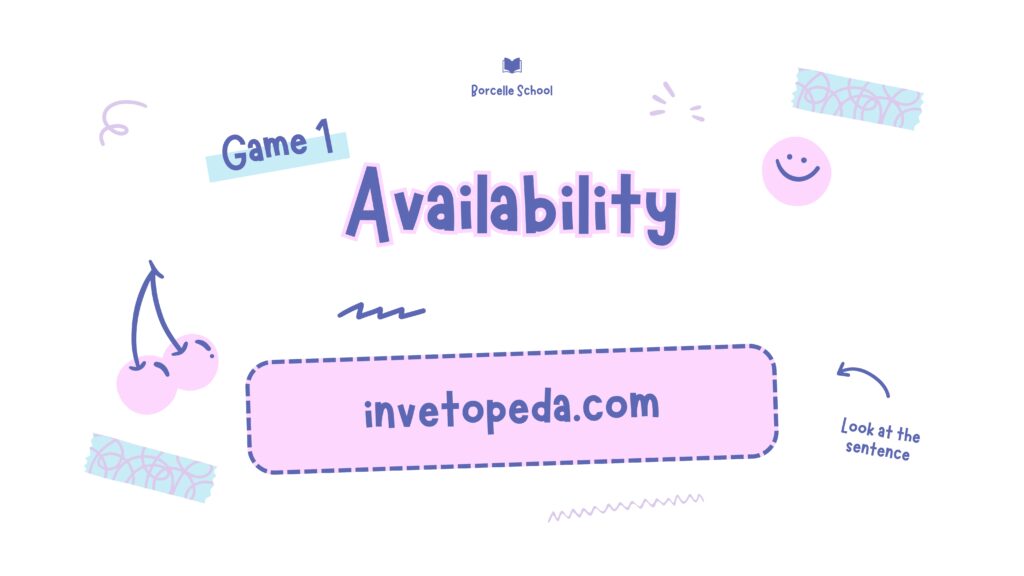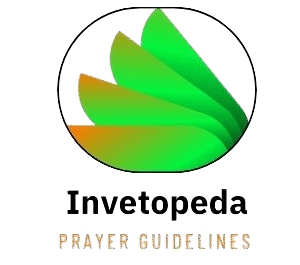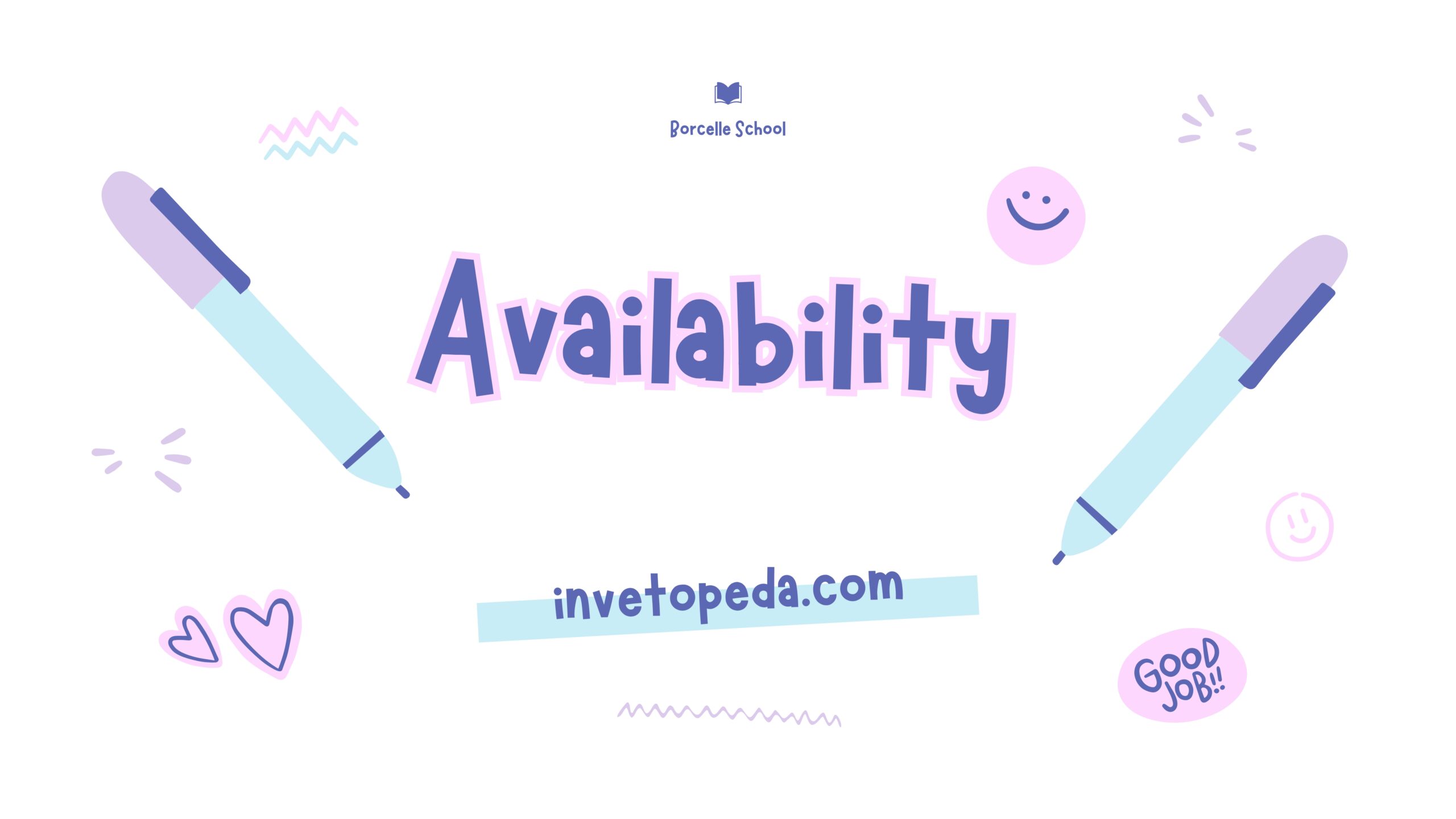Imagine that you’re trying to schedule meetings with your colleague who is not available. You send them an email to inquire about their availability and are then waiting. You may discover yourself repeating the exact phrases repeatedly until it gets boring.
The word accessibility is a term described as a process; however, it may look robotic or boring when you use it frequently. Fortunately, English provides a variety of methods to communicate the concept that you are available and within your reach.
I’ll show you the 13 ways to communicate your Availability to keep your language fresh and clean. In addition, it can make you appear better in professional or daily communication.
1. Are You Accessible?
If you say you have information about someone who’s easily reachable via telephone, you’re suggesting you can reach them easily or be able to. Imagine a personable customer service agent or manager who is fast to answer.
Tip: Make use of this whenever you’re trying to convey how easy it is to contact you, as opposed to just the fact that you’re accessible.
Examples: “Is the director available this afternoon for a talk? “
2. Check Their Readiness
If you’re trying to go beyond “free” and imply someone is in a state of readiness, readiness is the correct word to use. It implies an attitude of being mentally and physically capable of taking action.
Tips: Excellent to use in situations that have to make sure that people are available as well as engaged and alert.
Examples: “Let me know that you are ready to begin this new project this week. “
3. Are They Open?
The word “openness” may mean that someone is willing to engage in emotional or mental conversations and is not limited to being available to the public Calendar. It’s a friendly, warm way to discover if people are open to discussions or concepts.
Tip: Great for meetings or brainstorming sessions that include feedback.
Examples: “Are you open to discussing the latest marketing plan in the near future? “
4. Look for Their Presence
Being present is more than being in the present. It’s about being entirely focused and present. You can be completely free of physical tension; however, your thoughts are not. It’s the presence that is the defining factor for that higher level of involvement.
Tips: Make use of this whenever you require someone active and focused.
Example: “Your presence at the conference will help you make better choices. “
5. Gauge Their Willingness
It’s sometimes not about if someone will do something, but if they’d prefer to. Willingness is an indication of eagerness and passion.
Tips: An excellent method to stay positive and inspire others.
Examples: “Thanks for your willingness to complete more tasks during the week. “
6. Offer Flexibility
Flexibility is the ability of a person or someone else to adjust to changing plans or plans. This is vital in today’s unpredictable working environments.
Tips: This is the technique you should apply in case you are ready to bargain over the time or design.
Examples: I like your last minute changes of schedule flexibility. “
7. Suitability Is Key
If you’re looking to present the most appropriate match, then you must pick the correctness. This will be more precise than accessibility and indicates the extent of expertise in the field.
Tips: Apply them to the hiring and HR departments or to the skills that match the specifications.
Examples: “Her suitability for the meeting with clients made everything. “
8. Talk About Engagement
Engage is a term used to describe active participation, which is more than a free service. You may have the time to do it, but what is it worth investing in?
Tips: Ideal for working in teams and managing projects.
Examples: “His engagement with the project made sure that everything was within the plan. “
9. Consider Capacity
Capacity is an indicator of the amount an individual is able to handle, not just when they’re at their most.
Tips: for Workload plan.
Examples: “Currently, I am able to handle two clients during the month. “
10. Create Opportunities
Sometimes, availability can be an indication that the possibility of collaborating or connecting with other people is open.
Tips: Make use of this to make availability a potential or a chance.
Examples: “There’s an opportunity this week to join forces. “
11. Specify Timeframes
If you’re looking to determine the time you’re available, the time frame helps you establish the boundaries clearly.
Tips for Scheduling: It is great to plan and schedule deadlines.
Examples: “Please provide your date of availability for the month coming up. “
12. Book a Time Slot
This time slot is easy and efficient for scheduling.
Tips: Ideal for booking meetings or appointments.
Examples: “I have a scheduled time for Thursday afternoon if it is what you prefer. “
13. Look for Engagement Opportunities
If you’re asking for participation, make the most of the possibility of interacting with others. It’s an appealing and attractive approach to invite participation.
Tips: Excellent for team building and community involvement.
Examples: “This conference offers an array of opportunities for participation. “

Wrapping Up: Make Your Availability Count
Are you one of those people who are tempted to use access frequently then you should take note of these 13 new alternatives. In case you are composing any email with official aim, to address your colleagues or make some alterations in your resume, switches in your style of writing can make your messages more compact and exciting.
(Availability) Tips about the most successful conversations: Select a phrase, which can be used not only according to your intention but the way and the formality of the conversation. In a conversation, the term readiness would appear to be official and dull. Nevertheless, it is a great option during business meetings. Just as in the case of openness, it suits perfectly well when you want to be friendly and amicable.

